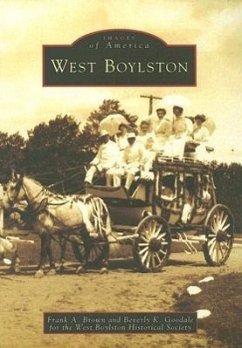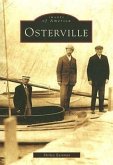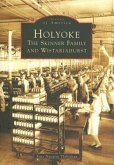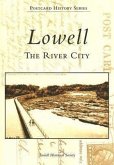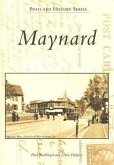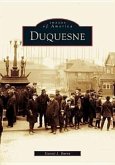West Boylston is located at what was the junction of the Quinapoxet and Stillwater Rivers and the south branch of the Nashua River. The town's center developed here to take advantage of the waterpower for industry. In the 1890s, the state of Massachusetts recognized this abundance of water as ideal for a reservoir. In the late 1890s and early 1900s, the center of town and almost all the local industries were destroyed to create the Wachusett Reservoir, which began providing water to the growing city of Boston. Only one building, the Old Stone Church, was allowed to remain. It still stands by the side of the water, providing one of the most picturesque views in all of New England. West Boylston tells the story of this town's history and how it has survived and flourished.

